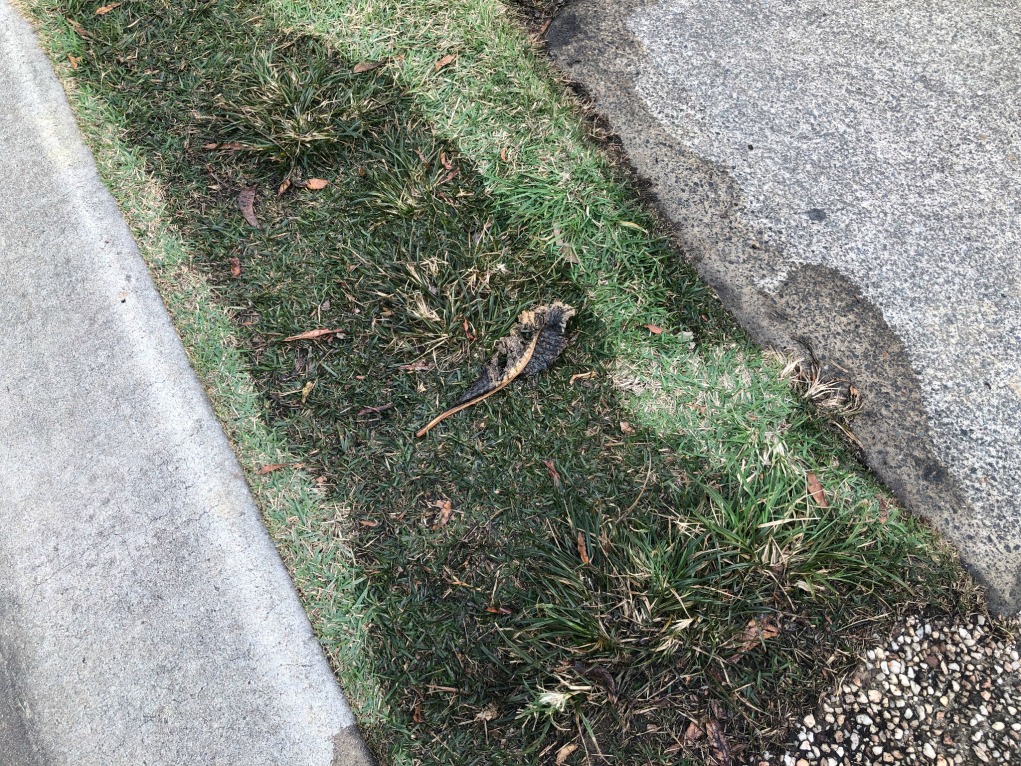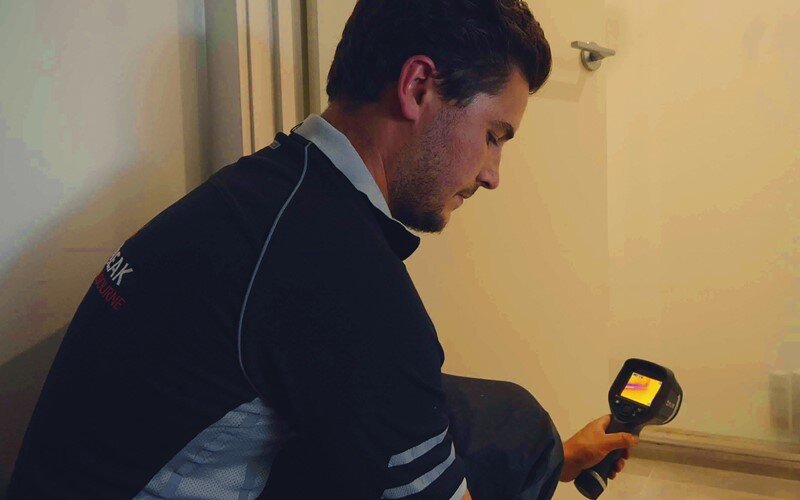Overview To Water Leakage Discovery In Your Home
Overview To Water Leakage Discovery In Your Home
Blog Article
Do you find yourself interested in selective information about Leaking water lines?

Early discovery of dripping water lines can alleviate a possible catastrophe. Apart from saving you money, it will reduce the aggravation and disappointment. The moment you find a leakage, calling your plumber for repairs is the best service. Nonetheless, some little water leaks might not show up. If you can not identify it with your naked eyes, right here are some hacks that help.
1. Examine the Water Meter
Every home has a water meter. Inspecting it is a proven way that assists you find leakages. For starters, shut off all the water sources. Guarantee no person will flush, utilize the tap, shower, run the cleaning maker or dish washer. From there, most likely to the meter as well as watch if it will certainly alter. Since nobody is utilizing it, there need to be no motions. That shows a fast-moving leakage if it moves. If you discover no adjustments, wait an hour or two and also examine back again. This means you may have a slow-moving leakage that can even be underground.
2. Inspect Water Usage
If you detect unexpected adjustments, regardless of your consumption being the very same, it suggests that you have leakages in your plumbing system. An abrupt spike in your bill indicates a fast-moving leakage.
Meanwhile, a stable rise each month, despite having the exact same behaviors, shows you have a sluggish leak that's additionally gradually escalating. Call a plumber to thoroughly inspect your residential or commercial property, particularly if you feel a cozy location on your flooring with piping underneath.
3. Do a Food Coloring Test
When it comes to water consumption, 30% comes from commodes. If the color somehow infiltrates your bowl throughout that time without flushing, there's a leakage in between the tank and dish.
4. Asses Exterior Lines
Don't neglect to examine your outside water lines as well. Needs to water permeate out of the connection, you have a loosened rubber gasket. One small leak can waste bunches of water and increase your water expense.
5. Examine the circumstance and also check
Property owners need to make it a habit to check under the sink counters and even inside cupboards for any bad odor or mold and mildew development. These two warnings suggest a leakage so punctual attention is needed. Doing routine assessments, even bi-annually, can save you from a major problem.
If you know your home is currently old, maintain a careful eye on your heaters, hoses, pipelines etc. Look for stainings and also deteriorating as a lot of pipes as well as appliances have a life expectancy. They will certainly additionally normally wear away due to damage. Do not wait for it to escalate if you believe dripping water lines in your plumbing system. Call a professional plumber as soon as possible so you do not wind up with a dreadful mess in your home.
Early discovery of dripping water lines can reduce a prospective calamity. Some little water leaks may not be noticeable. Examining it is a surefire way that assists you uncover leaks. One tiny leakage can waste loads of water and spike your water expense.
If you believe leaking water lines in your plumbing system, do not wait for it to intensify.
How to Know If Your Home Has a Hidden Leak
Water Meter Reveals Inexplicable Water Usage
If you’d like to test whether or not there’s a leak somewhere in your home, you can do this using your water meter. Here is how to conduct the test:
Don’t use any water in your home for at least 30 minutes; this also means not turning on faucets or water-using appliances.
Go outside, and check your water meter for activity.
If your water meter shows that there was activity, even though no one was using any water, this proves that there is a leak in your home.Visible Mold or Mildew Growth
Leaks behind walls create moist, dark environments that allow mold and mildew to grow and thrive. Eventually, you might see mold growth forming on the wall closest to a hidden leak.
If mold is growing in an area that receives a high amount of moisture, such as a bathroom, it may simply be an indication that better ventilation is needed. However, if you see mold growth on a wall or the ceiling in an area where you would not expect, you probably have a hidden leak.
Musty, Mildew Odor
Sometimes you might not be able to see the mold or mildew that is growing as a result of a leak. However, the smell can give the problem away just as easily. If you catch a whiff of something musty, there’s a good chance that old water is collecting somewhere in your home that you can’t see.
Stained/Warped Walls, Ceilings, or Floors
When your home soaks up water, a variety of red flags can become visible, including ceiling stains, bubbling drywall, warped walls, and sagging floors. While these issues can be caused by excess humidity, they can also be signs that a pipe or plumbing connection has started leaking behind your walls.
Inexplicably High Water Bill
After a while, you get a general sense for what your water bill should be. If you own a pool or sprinkler system, your bill will tend to be higher during summer. However, if you receive a water bill that seems especially high, and you can’t figure out what caused it, then you may have a hidden leak somewhere that’s increasing your bill.
https://www.plumbingjoint.com/blog/2019/july/how-to-know-if-your-home-has-a-hidden-leak/

I'm just very enthusiastic about Top leak detection hacks and I am assuming you enjoyed reading the post. If you enjoyed reading our blog posting if you please make sure you remember to pass it around. Thanks for going through it.
Report this page